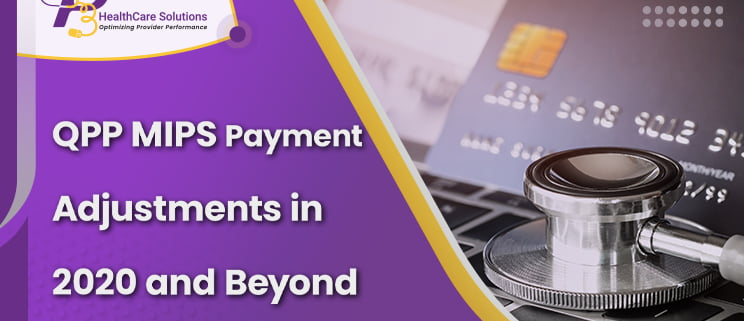QPP MIPS Payment Adjustments in 2020 and Beyond
CMS states up to ninety-eight percent of the participating clinicians received positive payments in 2020 for the fiscal year 2018. The rate is five percent higher than the previous year. In 2021, we will see an even greater number of participants receiving incentives for the fiscal year 2019. Moreover, the prediction indicator for MIPS 2020 reporting will reach record turnouts later in 2022. The more the merrier. Clinicians, across different submission types, will receive record amounts as positive payment adjustments and bonuses.
The trend of incentives and reimbursements is going to increase as the quality reporting is supposed to improve via MIPS Value Pathways (MVPs). In fact, MVPs are going to add to the momentum of MIPS quality reporting.
MVPs – A Chance to Succeed for Everyone

In order to translate our medical expertise in the true sense, we must adopt MVPs. Small medical practices and medical facilities in rural areas irrespective of their operational size can earn rewards for rendered services. Seeing the numerous benefits of the MIPS program, rural medical facilities are participating more and more each year. Statistics show that there was a rise of four percent in QPP MIPS participation from 2017 to 2018. However, the participation turnout for small and rural practices was much less than that of large practices.
The Report Card for MIPS 2018

CMS published the results for MIPS 2018 participation. 889,995 eligible clinicians have reportedly received positive payment adjustment, and 872,148 of them have received neutral payment adjustment.
Seema Verma, CMS administrator was quite happy with the results as it depicts the higher number of physicians opting for quality healthcare delivery systems. The quality outcomes also credit the vision of empowered and cost-effective healthcare industry.
Despite the administrative burden, more and more participants succeed in the QPP MIPS. It is due to the lower performance thresholds, which ultimately reflect on payment adjustment. Moreover, CMS doesn’t want to jump up the positive payment adjustment, as it has to be balanced with the negative payment adjustments.
MIPS Future Holds Higher-Performance Thresholds
Generally, CMS increases thresholds for exceptional performance to reduce the reward distribution. Here, the strategy is to reward clinicians who continuously invest in the quality of healthcare and interoperability, and help patients to the best of their ability. The criterion gets tougher for them as there is a gradual increase in the performance threshold for penalties and bonuses.
Seema Verma hints at supporting clinicians by reducing the administrative burden and providing opportunities for meaningful services. The No-cost Small, Underserved, and Rural Support initiative tends to lend a hand with technical assistance for smooth and optimized performance in the healthcare sector.
This program also creates awareness about quality care and payment models along with helping eligible clinicians with participation in MIPS.
With continued research and taking into account what clinicians bring to the table, the future reporting criteria is estimated to only include a framework that flows without stressing physicians unnecessarily.
CMS also wants participants to give their feedback on MVPs. They are looking forward to advancements that help them drive value to the healthcare industry in terms of payment models, lower administrative burden, and positive patient outcomes.















Leave a Reply
Want to join the discussion?Feel free to contribute!